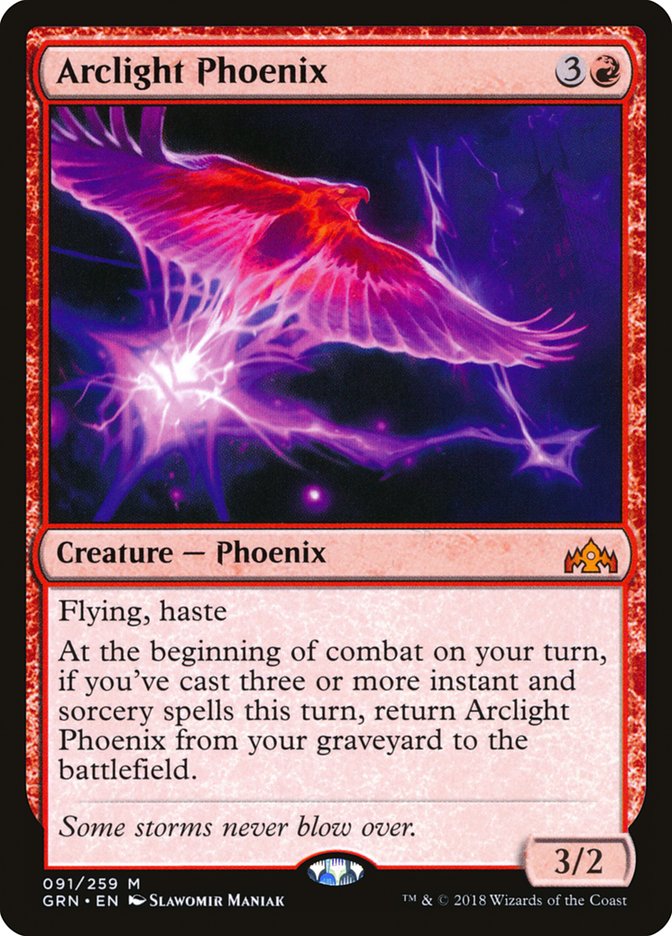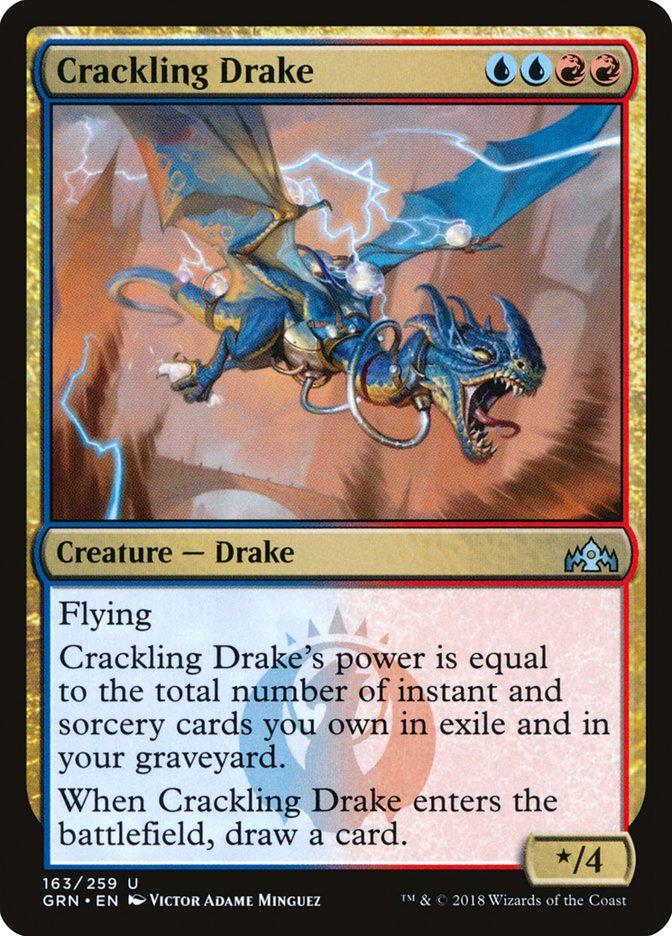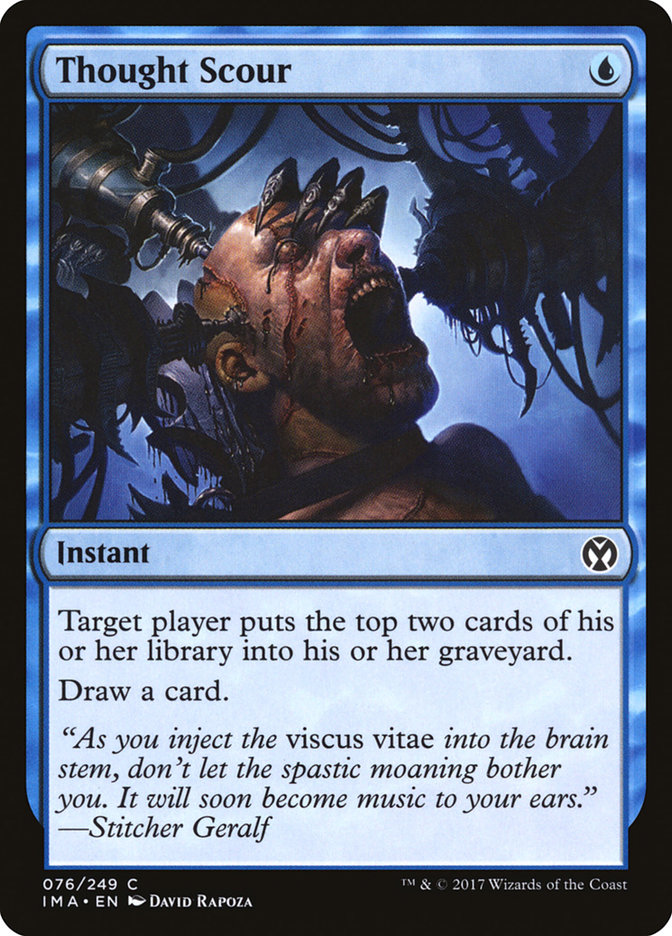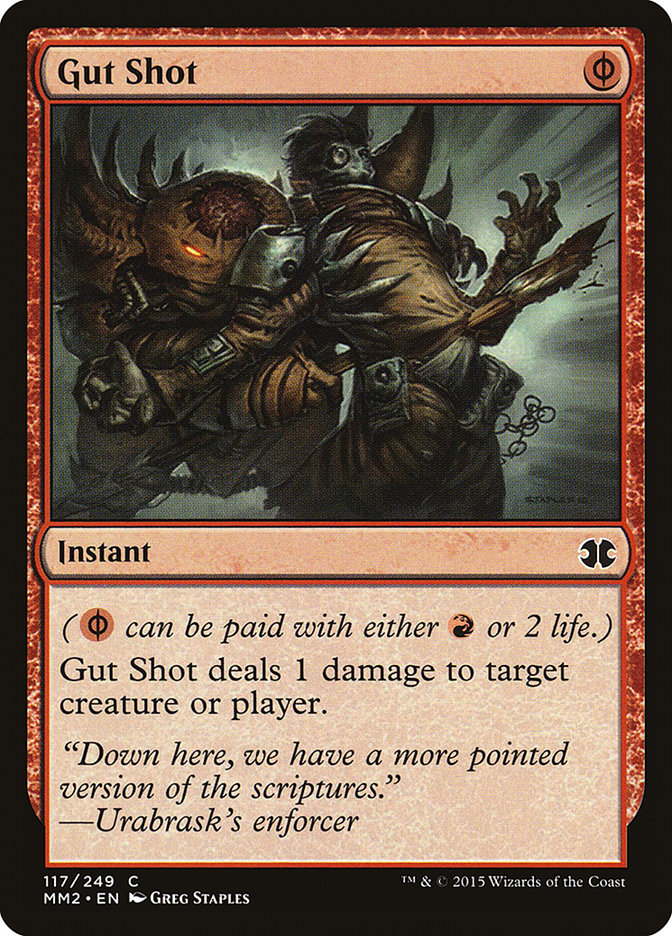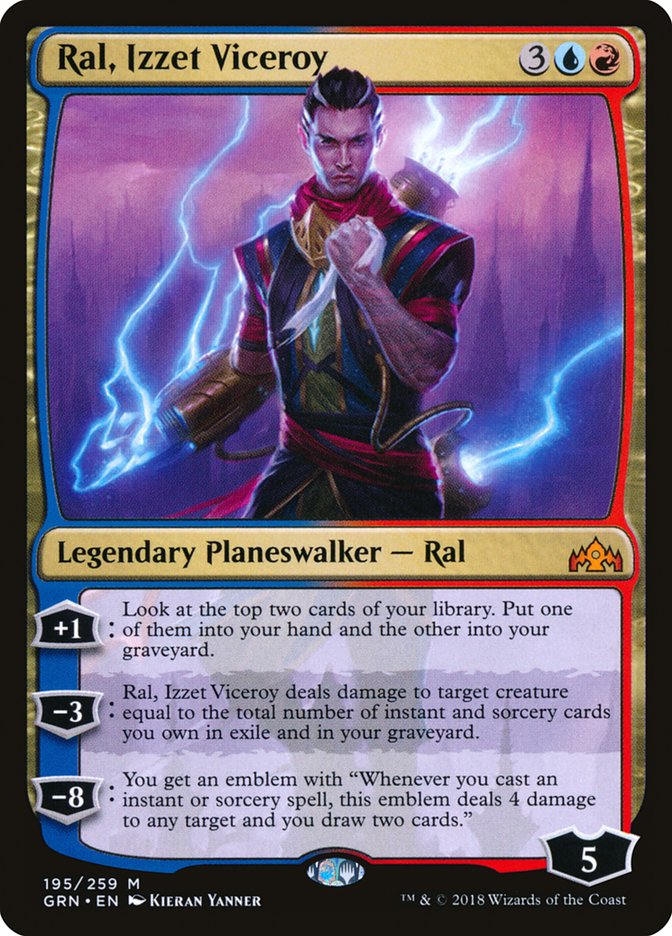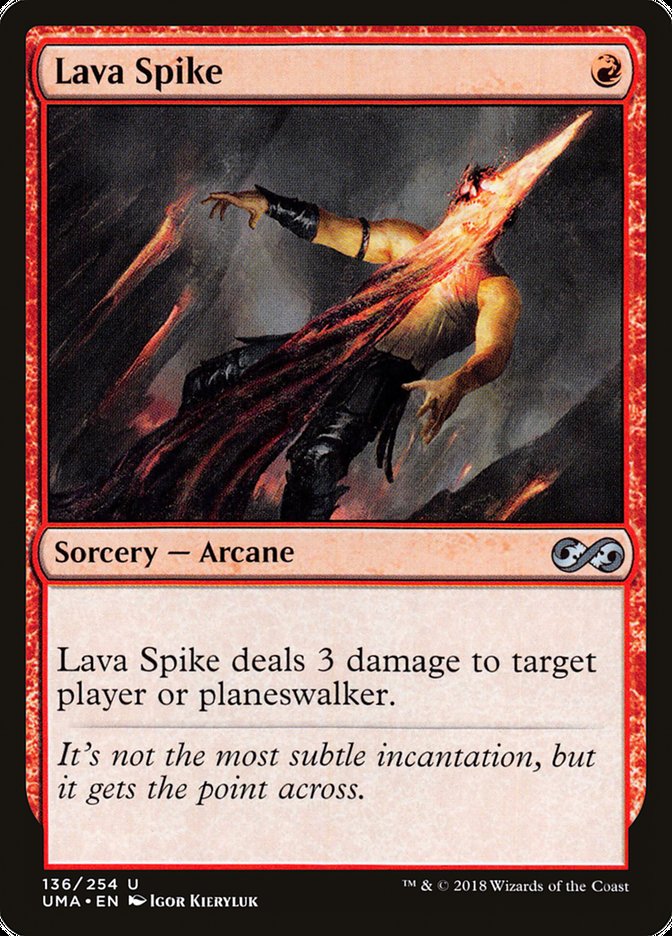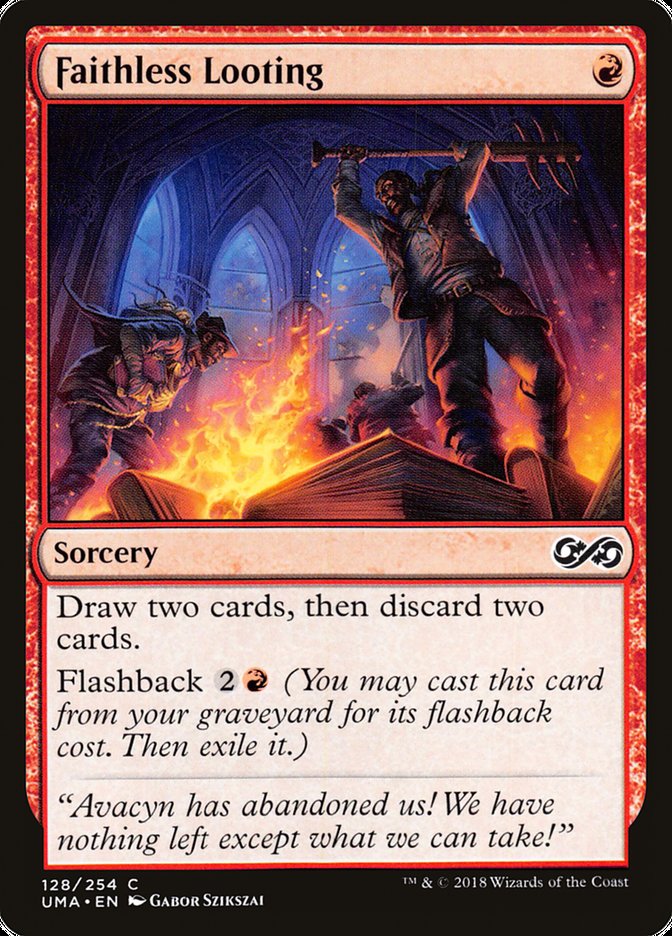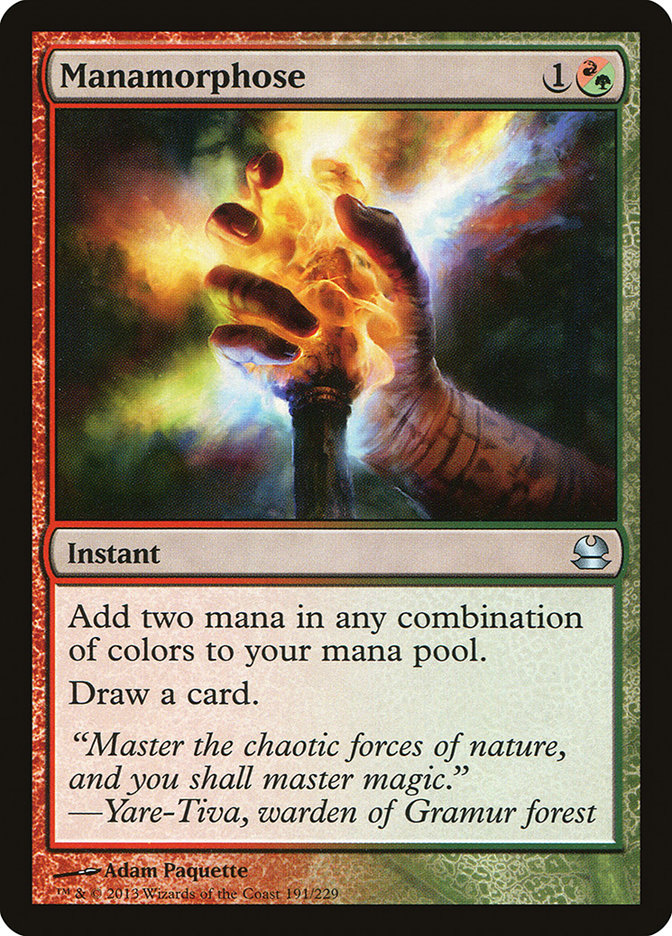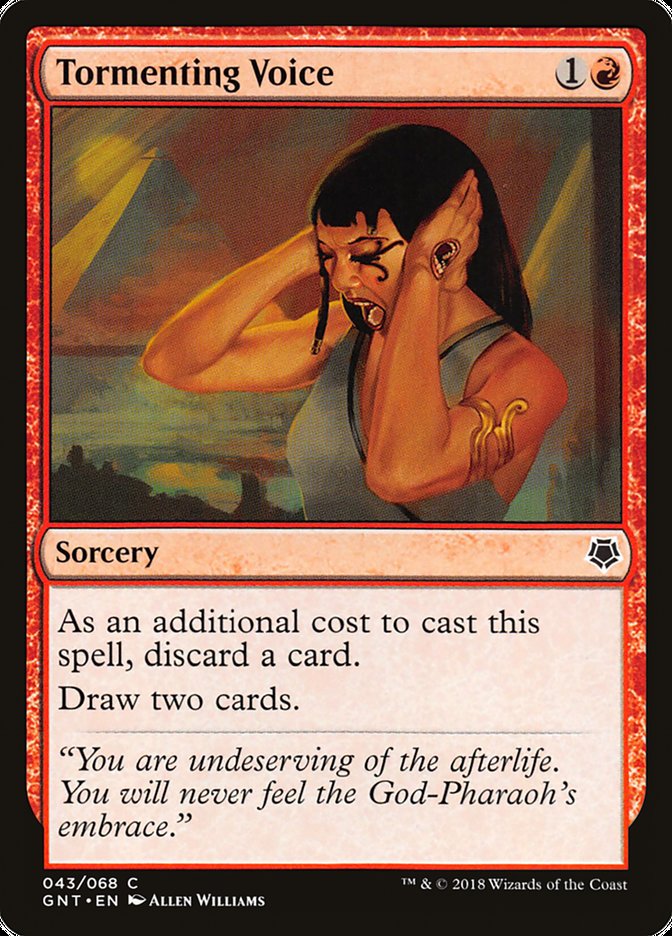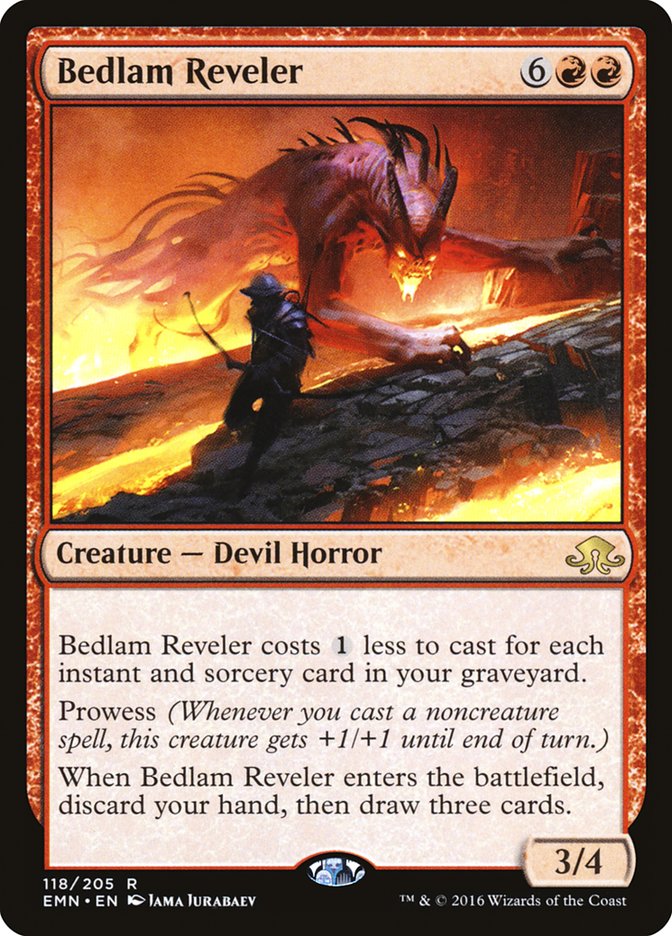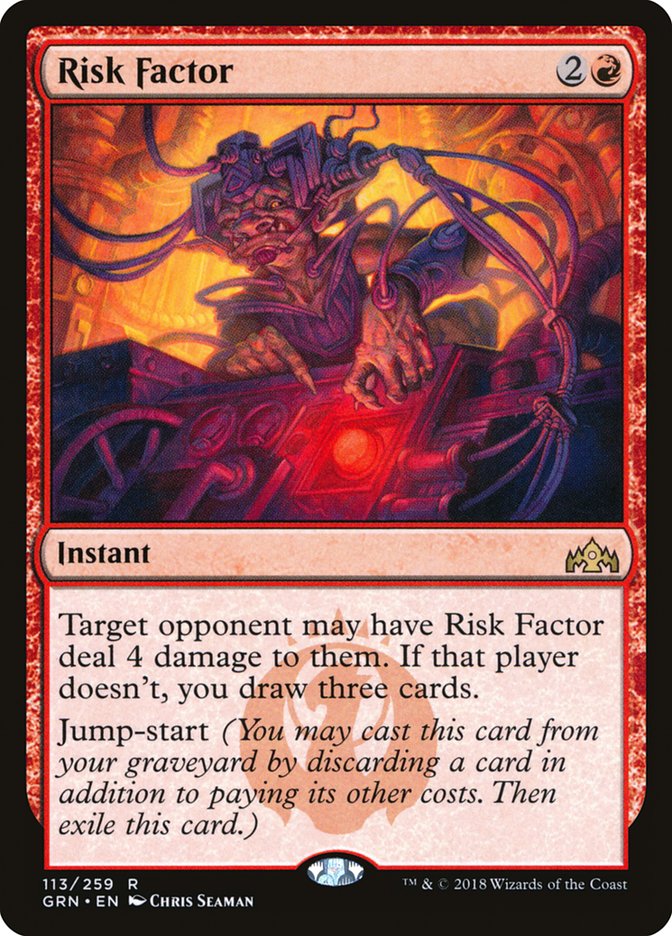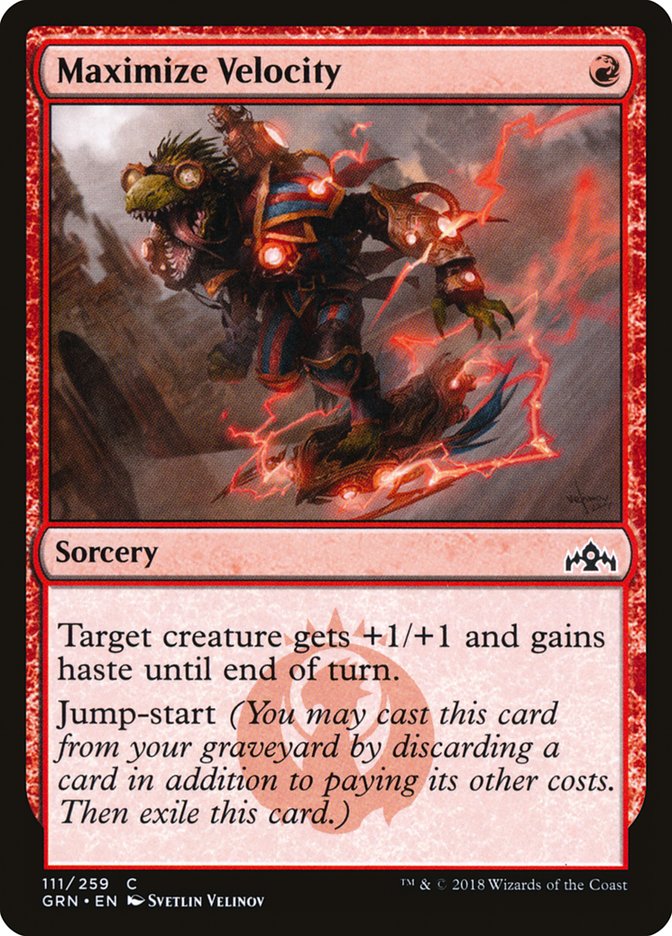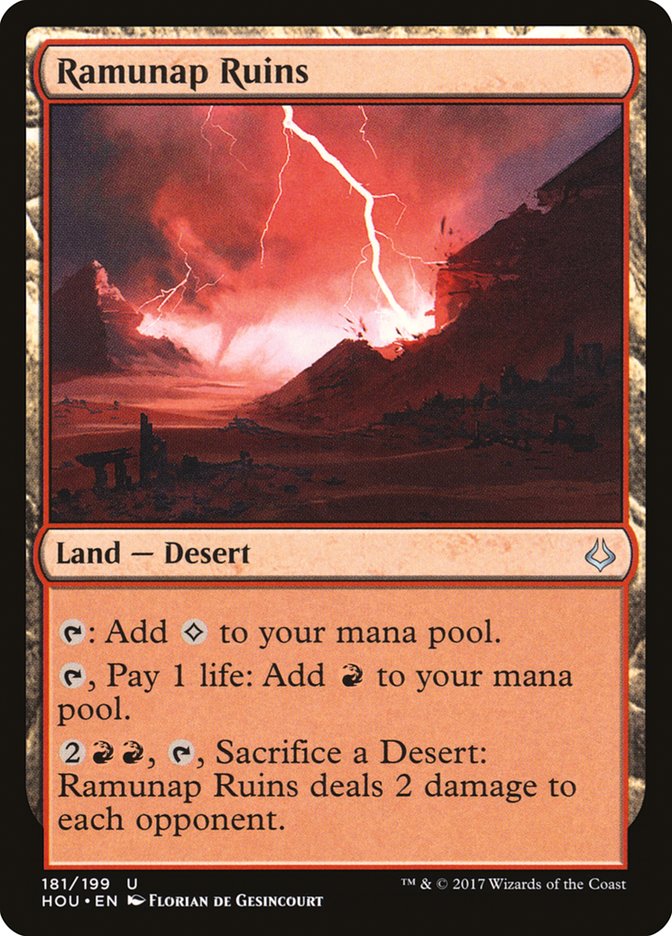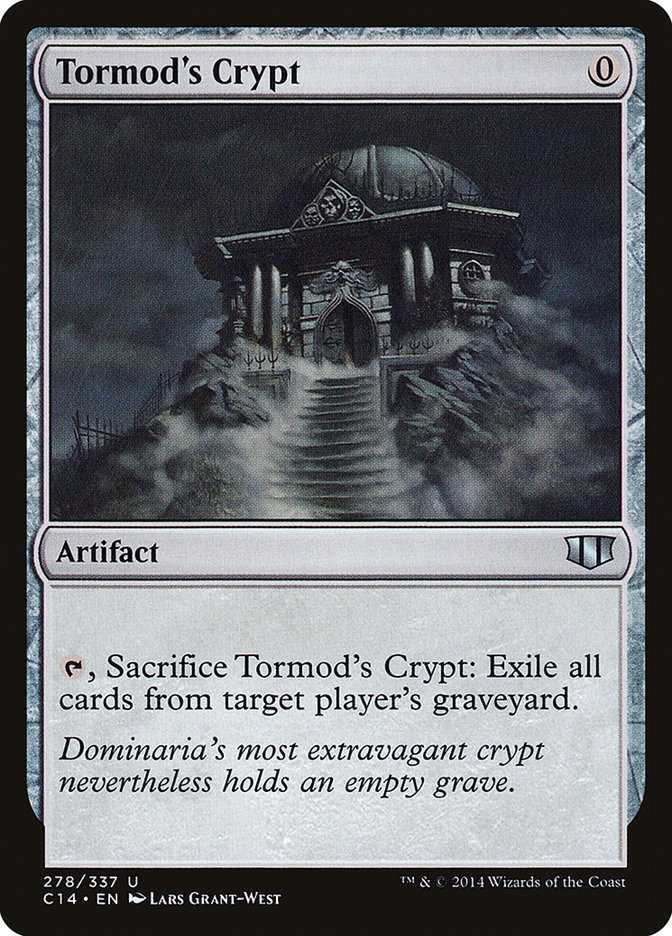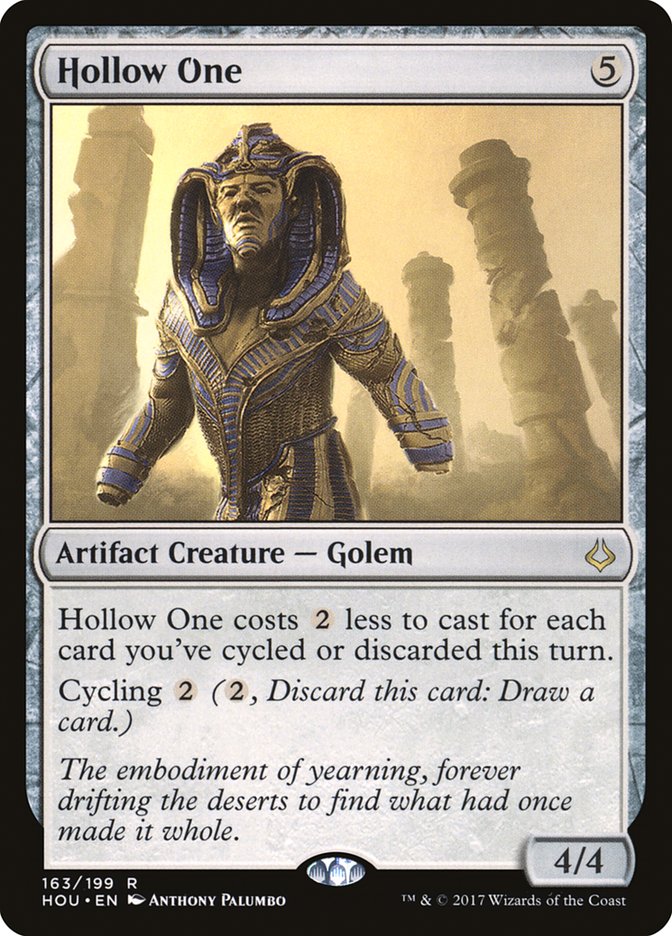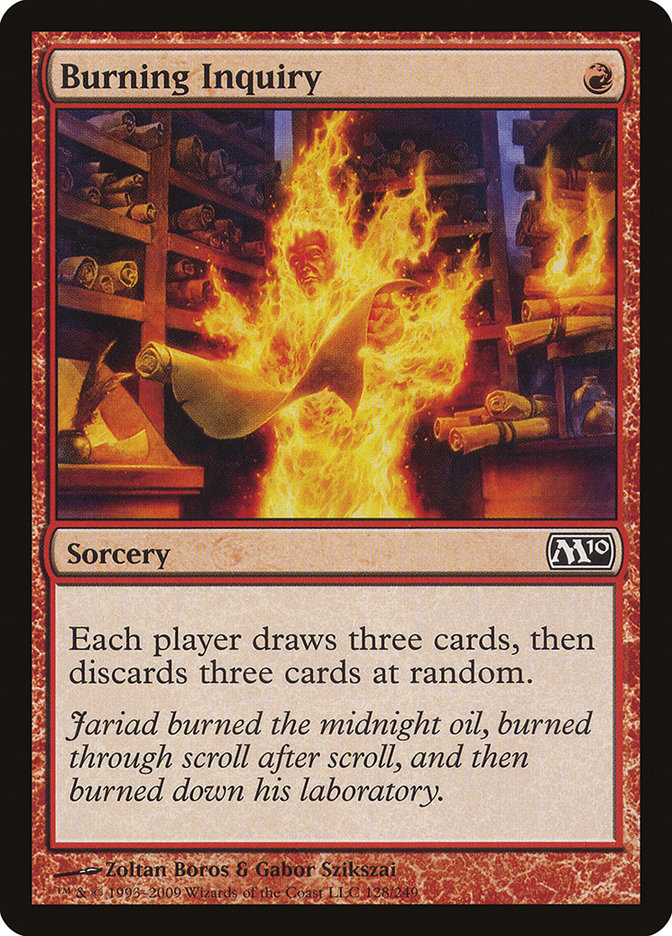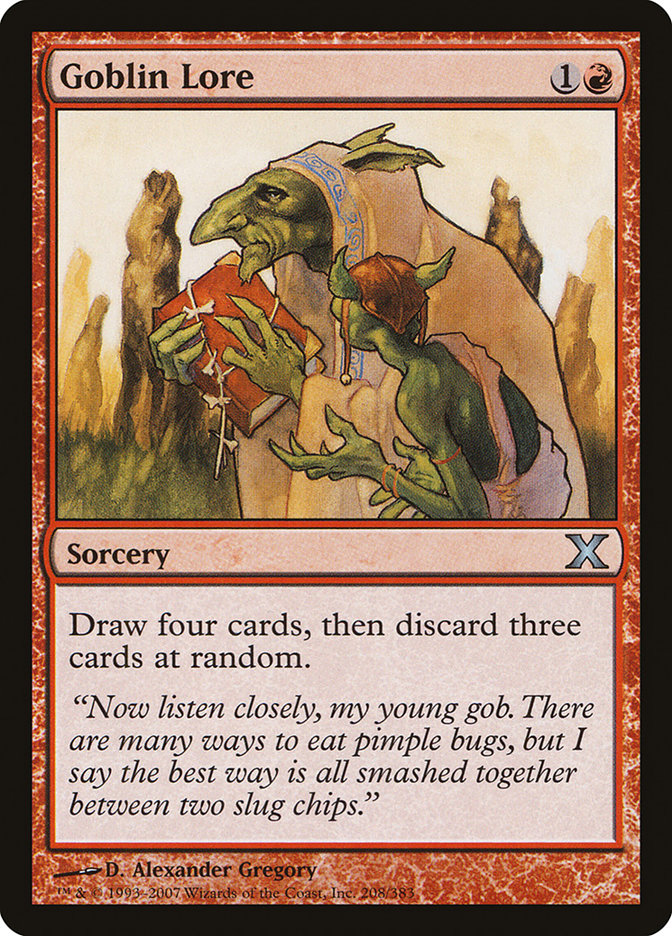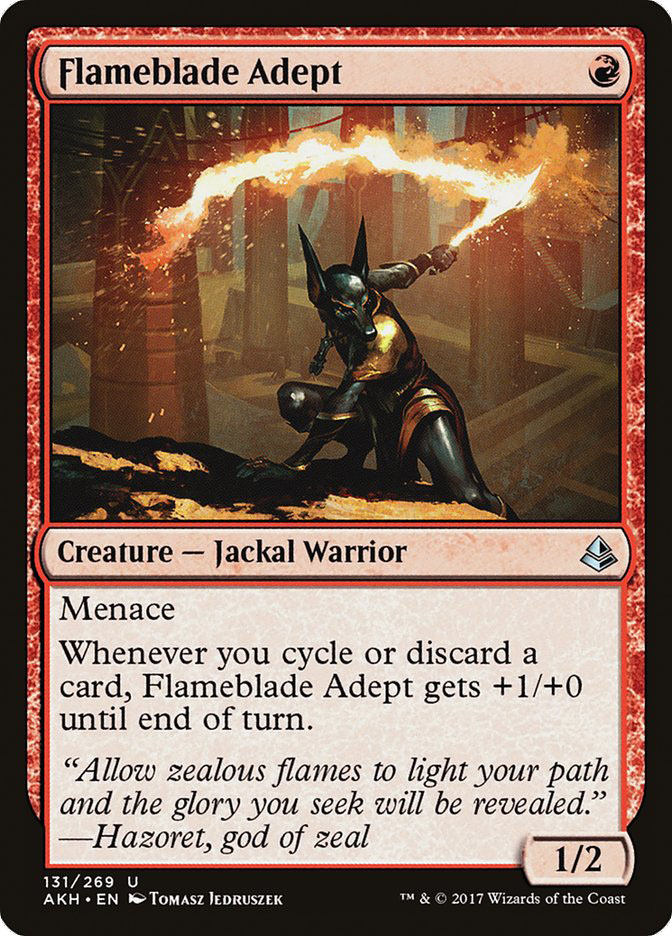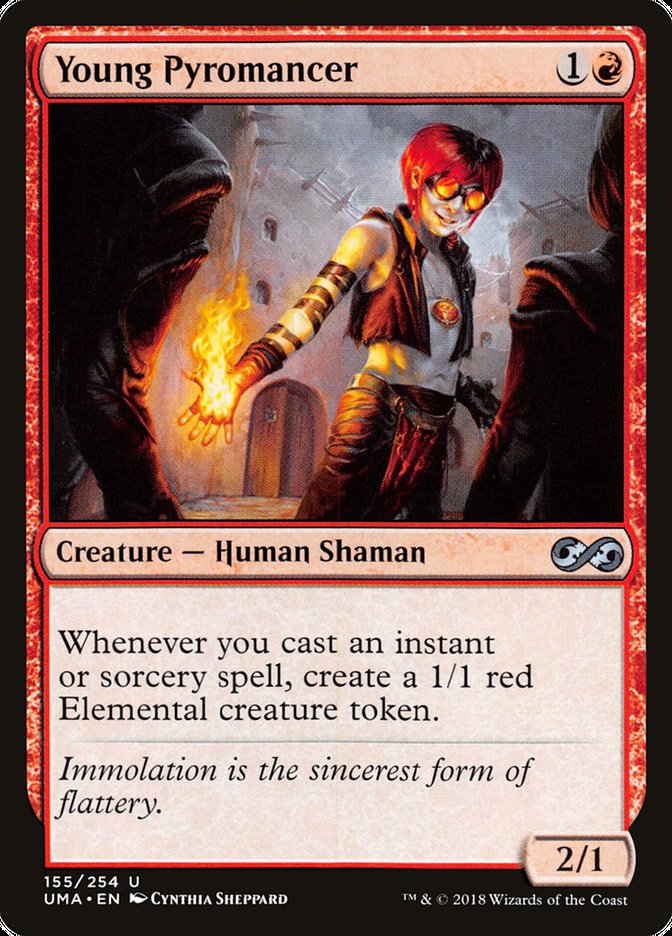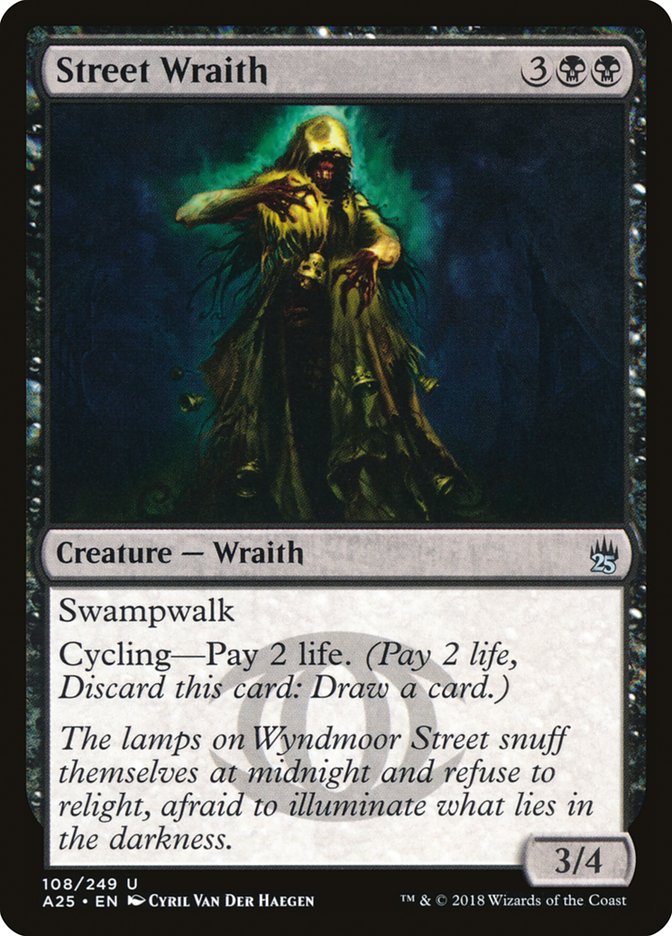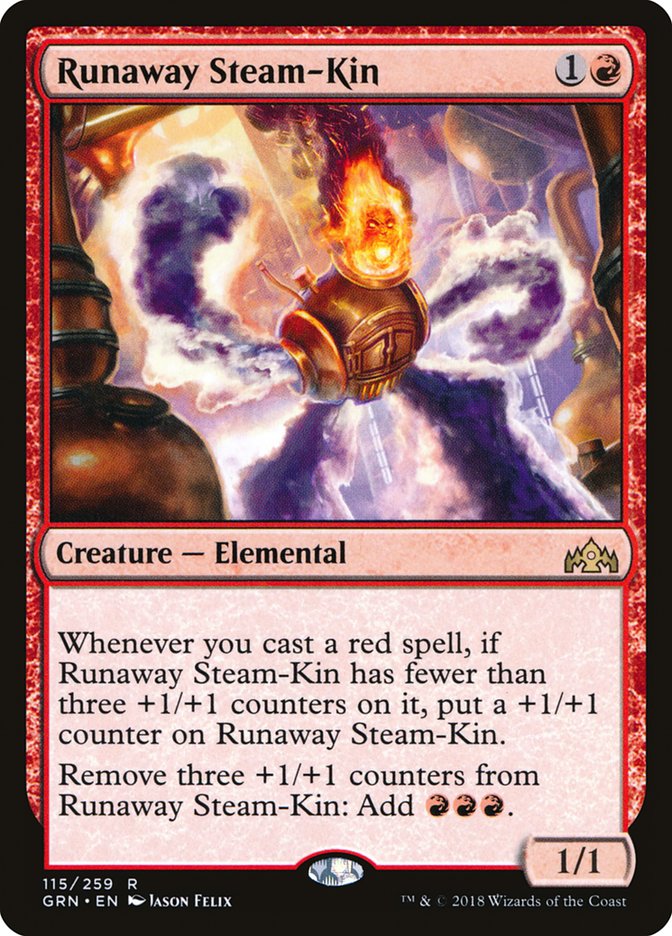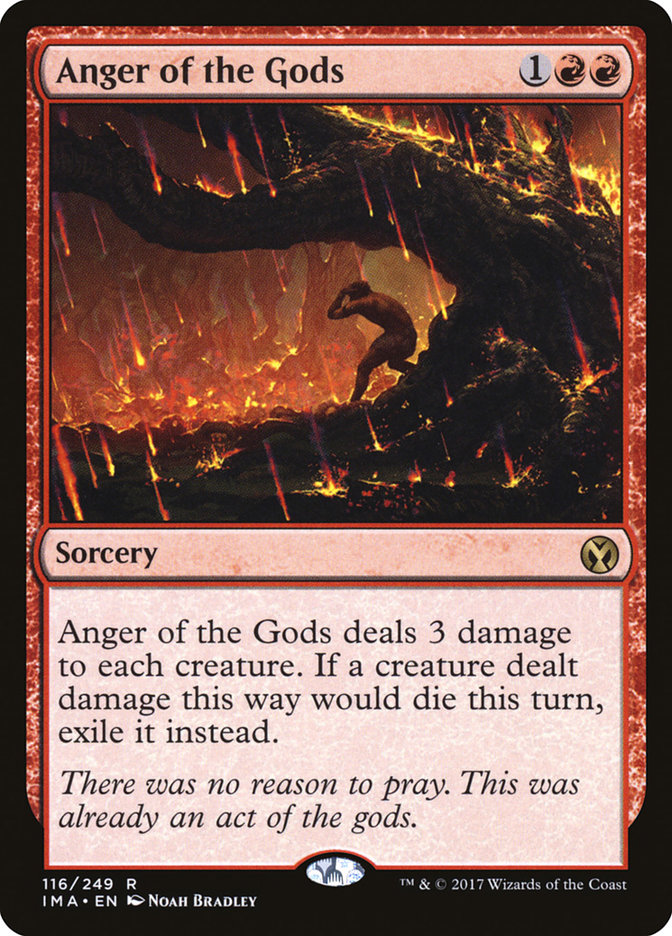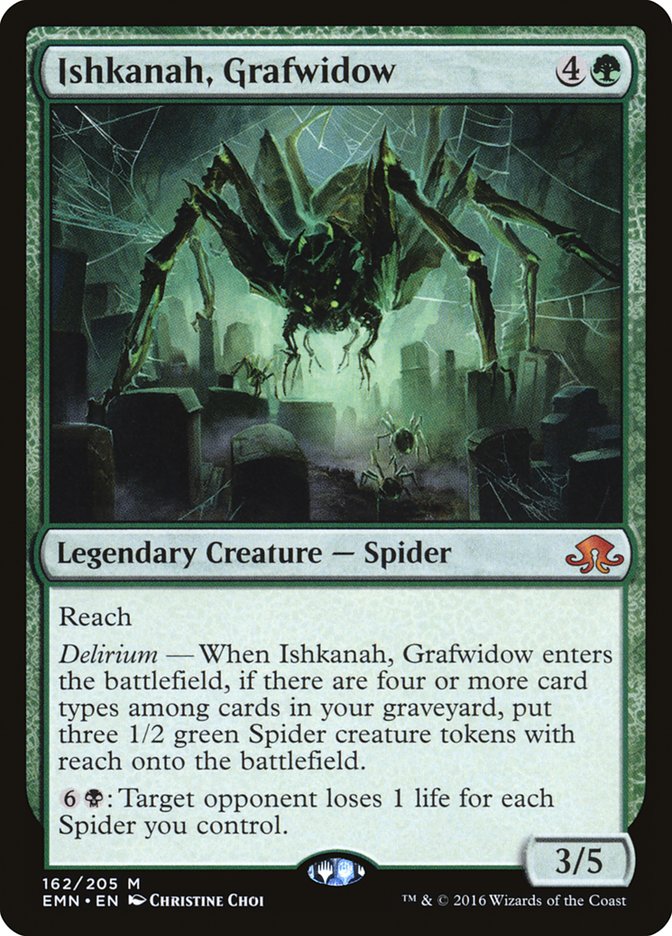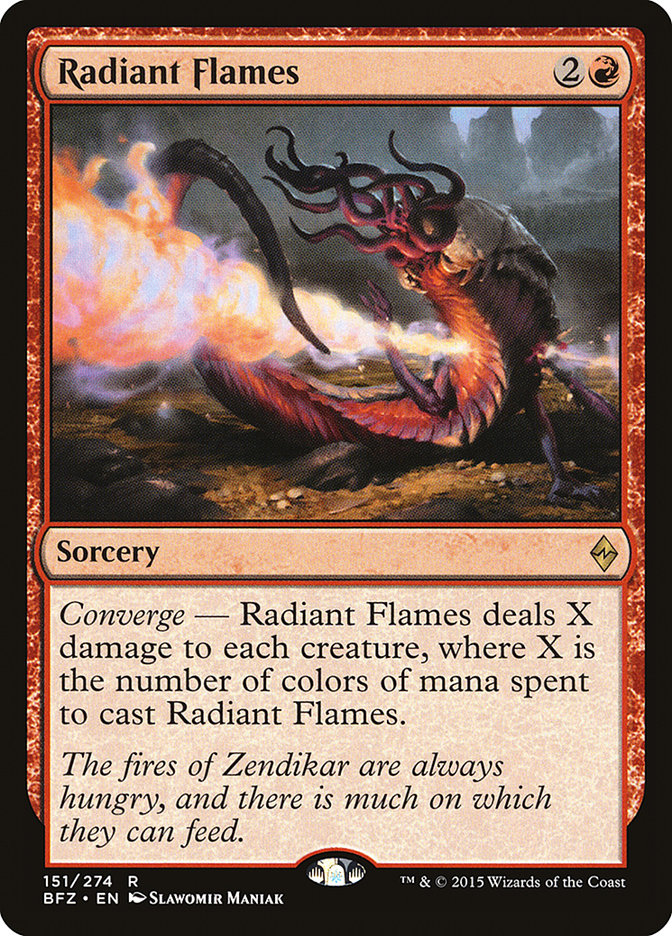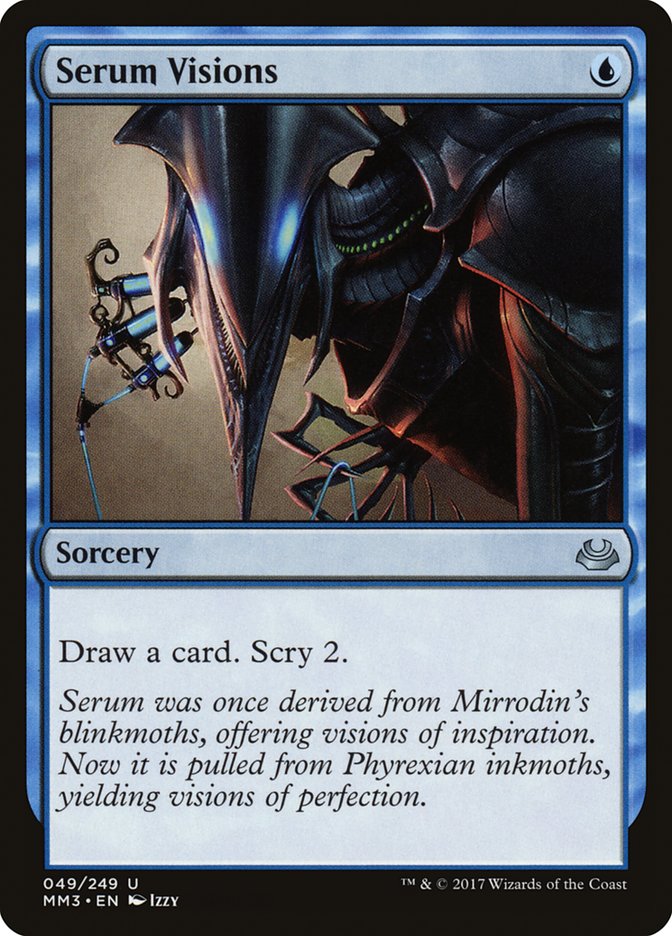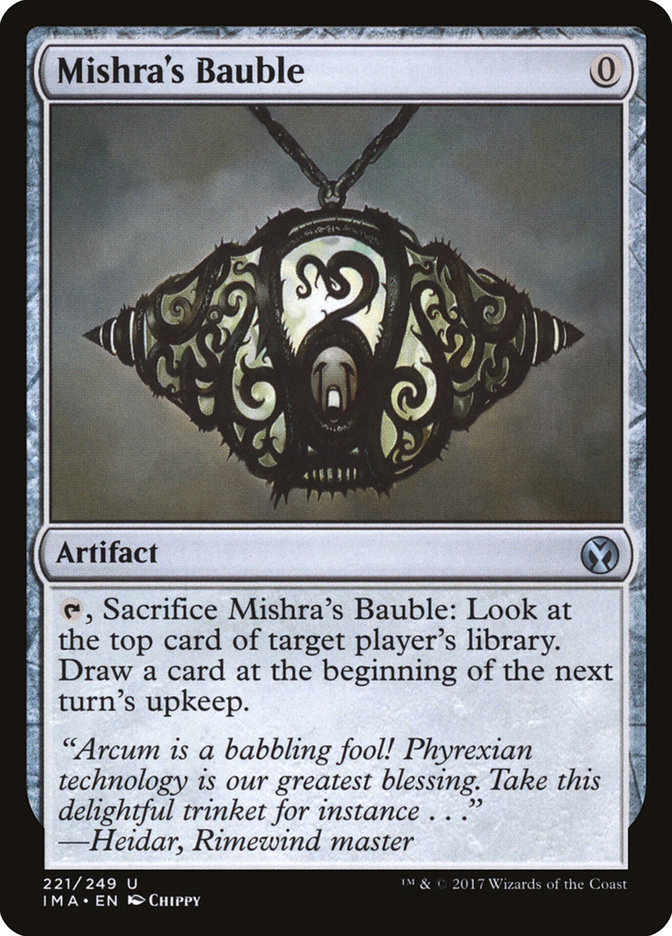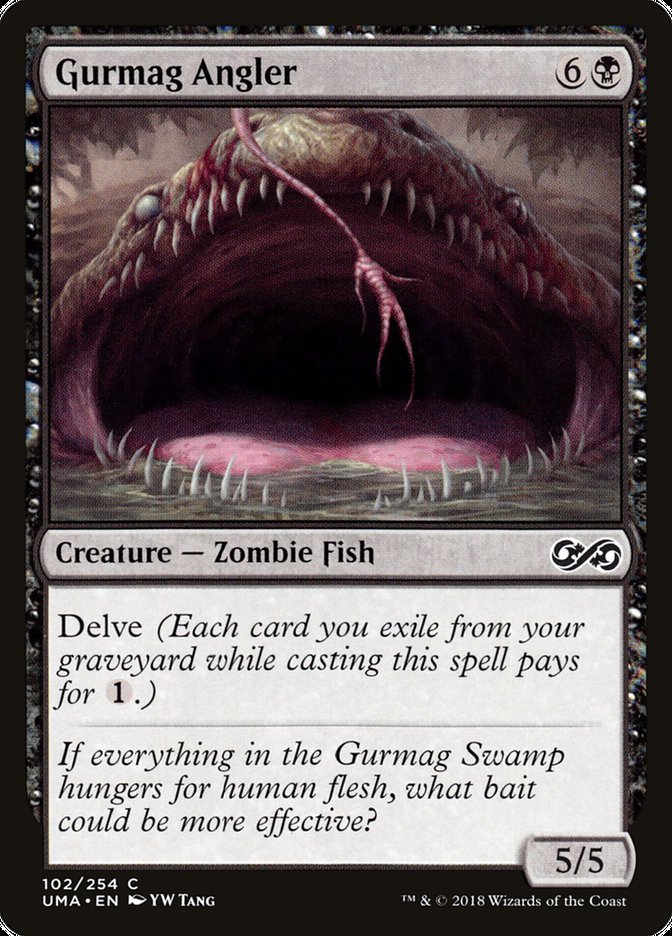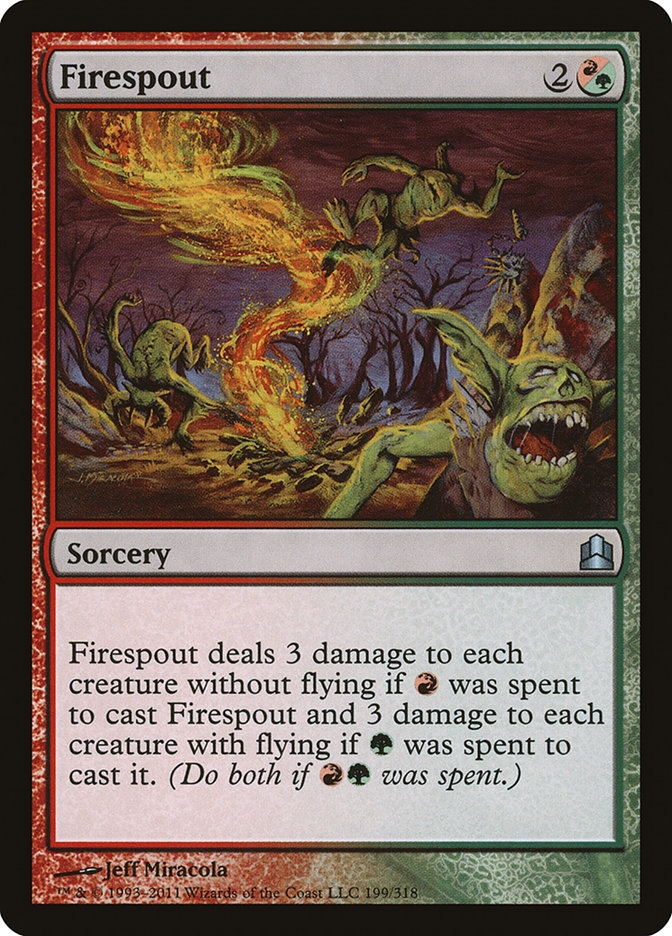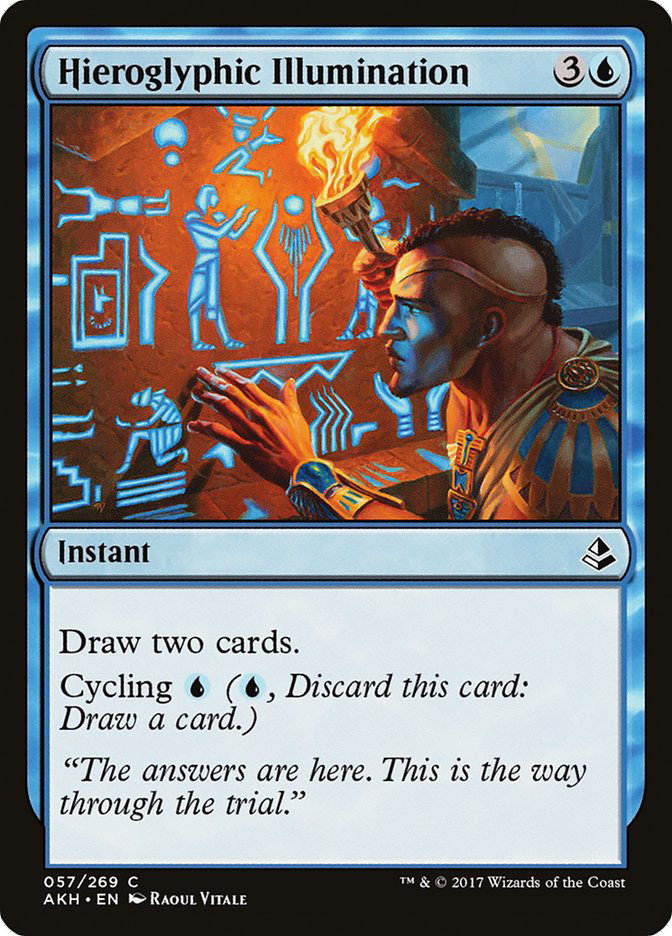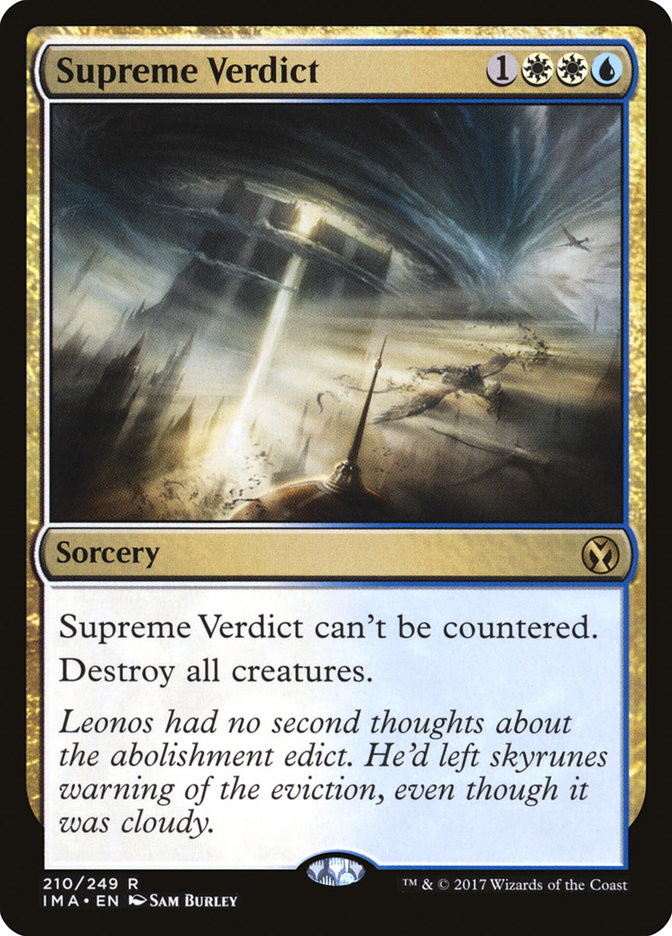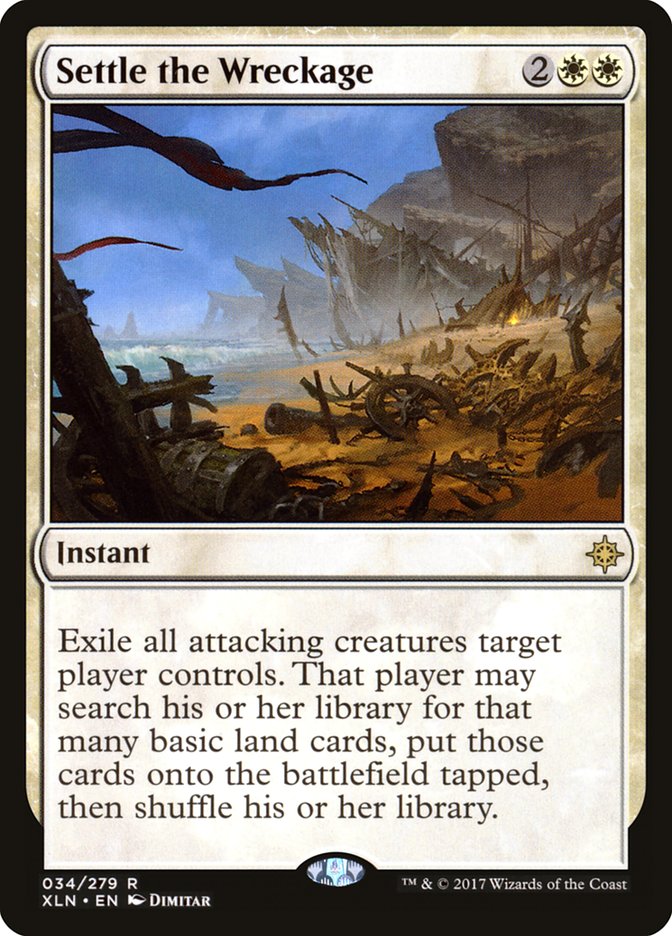Arclight Phoenix has only been legal a few months, but after bursting onto
the scene as a tier 1 strategy from the gate, its strength appears to have
only gained.
Arclight Phoenix was quickly identified as a sort of Delver of Secrets you
didn’t have to pay for. It has virtual “madness” on account of being able
to be played after being discarded, and the recursive ability is a lot of
staying power for a zero-cost “cantrip” threat with haste.
The first shells relied on blue cantrips to ensure plenty of ways to
reliably find and recur the Phoenix. However, shortly thereafter, people
began to experiment with more exotic styles, such as Mardu decks descended
from GerryT’s Mardu Pyromancer deck from early in the year.
This weekend’s Modern Open began as a field filled with Bant Spirits, Tron,
Ironworks, Humans, Infect, and Hardened Scales decks. In fact, these six
archetypes made up more of the Day Two metagame than every other strategy
combined. However, by the end of the day, the top tables had a very
different texture, including an eventual showdown between these two
philosophies on the best way to capitalize on what has arguably risen to
become the most feared creature in Modern.
|
Archetype |
Day 2 Metagame |
Top 32 Metagame |
|
Bant Spirits |
11.8% |
7.9% |
|
Mono-Green Tron |
10.2% |
4.7% |
|
Ironworks |
8.7% |
6.3% |
|
Humans |
7.1% |
1.6% |
|
Infect |
7.1% |
9.4% |
|
7.1% |
4.7% |
|
|
Izzet Phoenix |
6.3% |
10.9% |
|
Burn |
5.5% |
0.0% |
|
Jund |
3.9% |
4.7% |
|
Jeskai Control |
3.9% |
9.4% |
|
3.9% |
0.0% |
|
|
Red Phoenix |
3.9% |
9.4% |
|
3.9% |
9.4% |
|
|
3.1% |
0.0% |
|
|
Dredge |
3.1% |
1.6% |
|
Golgari Midrange |
2.4% |
0.0% |
|
Azorius Control |
2.4% |
6.3% |
|
Storm |
2.4% |
1.6% |
|
Eldrazi Aggro |
2.4% |
3.2% |
|
Hexproof |
2.4% |
0.0% |
|
Misc** |
10.2% |
3.2% |
*Misc – Counters Company, Mono-White Martyr, Elves, Mardu Pyromancer,
Grixis Whir, Jeskai Saheeli, Slivers, Allies, Selesyna Company
Despite making up more than half of the day two metagame, those six
archetypes fell to about a third of the weighted top 32 metagame (largely
buoyed by Infect’s strong showing, the only particularly successful deck
among them).
By contrast, Arclight Phoenix decks, Blue Control, and Death’s Shadow made
up a larger share of the top 32 metagame, despite making up just 14% of day
two(!).
While Blue Control and Death’s Shadow each put up great numbers, it was
definitely Arclight Phoenix that stole the show, as showcased by Jeffrey
Carr and Ross Merriam’s Arclight showdown in the finals. In the end, Ross
Merriam was the last Phoenix player left standing, and with his fifth Open
Trophy, to boot.
Merriam’s list represents the more traditional approach, the more
conventional philosophy on how to Arclight, but it’s not without some
exciting new technology.
Creatures (13)
Lands (18)
Spells (29)

Okay, it sure didn’t take Ross long to prove me wrong on Crackling Drake.
Crackling Drake is definitely a quality card, but just last week, I
conjectured that Modern was in too fast of a place to really capitalize on
the slow-ish two-for-one.
Crackling Drake does hit really freaking hard, and with four toughness, it
looked surprisingly resilient all weekend for Ross. It did look really
impressive, particularly when Ross was Thought Scouring himself, so I gotta
hand it to him. That said, with just two copies of Thought Scour, I kind of
think there may be opportunity for improvement here.
One interesting feature of Crackling Drake is that because of it counting
your exiled cards, as well as your graveyard, most of the graveyard hate
that typically goes after Arclight Phoenix and Arclight decks is
ineffective against it. This interaction was one I initially
underestimated, and definitely looked very strong in Ross’s build.
Gut Shot has basically always played a really interesting role in Modern,
and the recent popularity of Humans, Infect, Spirits, and Scales really
made it look good all weekend long. It may be far more volatile than Mental
Misstep, but at times, it actually looked even better. Three copies may
seem like a lot, but Ross was far from the only player to go this hard on
Gut Shots, and I’ve got a feeling it’s not just a passing fad.
As prophesied, Ral, Izzet Viceroy has ascended to take the place of
Keranos, God of Storms, as the one-of sideboard alternative victory
condition of choice for Izzet decks.
While Jeffrey Carr’s Mono-Red Arclight Phoenix deck looked like Merriam’s
list was one-half of its family tree, its other half had to be straight-up
Burn, Lava Spikes and all.
I mean, he literally played Lava Spikes. There’s no coming back from that.
When you play Lava Spikes, you are the person playing Lava Spikes,
regardless of the rest of your list.
Creatures (12)
Lands (18)
Spells (30)

Despite no blue cards, Carr does have a fair amount of card draw in the
form of Faithless Looting, Manamorphose, Tormenting Voice, and Bedlam
Reveler.
The playset of Lootings and Voices do a reasonable job of discarding
Arclights; however, he also makes good use of jump-start, as both Risk
Factor and Maximize Velocity add discard outlets while also giving the deck
a little extra reach.
Besides, with a full playset of Fiery Tempers, Carr really is making these
discard outlets work overtime.
Despite being banned during its run in Standard, Ramunap Ruins has largely
flown under the radar in Modern. The added option of turning your land into
a six-cost Shock (five mana, plus the Ruins itself) is definitely not
trivially difficult to execute in a deck with just eighteen land. However,
the first one you draw is mostly going to be just another red source. As
long as it’s not your only red mana, you’re pretty unlikely to have to take
much damage from it. We probably don’t want a second one, as it really is
just a minor edge, and the risk of taking damage from them goes up a fair
bit with two. Still, it is kind of a nice little tweak.
Graveyard strategies are seriously big in Modern right now, and despite
being quite popular, are also disproportionately strong. Graveyard hate
options are limited in red, but I definitely like Tormod’s Crypt over
Surgical Extraction or Relic of Progenitus here. Tormod’s Crypt is more
likely to slow people down more effectively than Surgical, and Relic of
Progenitus just isn’t realistic with how reliable Carr is on his own
graveyard.
While Carr was the most successful nu-Red pilot, it was GerryT that had
perhaps the most galaxy brain red deck in the event. Not content to merely
hybridize Izzet Phoenix and Burn, Gerry’s list was also a perfect blend
with Hollow One…
Hollow One? Like the Dredge card?
In a Mono-Red deck?
Creatures (15)
Lands (18)
Spells (27)

Gerry’s innovative list is sort of Izzet Phoenix, without the blue cards.
It’s also sort of B/R Hollow One, without the black cards. Then, he filled
in the cracks with… burn?!
I’m actually super digging this new blend of graveyard strategies. I’ve
long been skeptical of the support cards surrounding Hollow One, and while
the blue cantrips are obviously great, Gerry’s list is still packing a fair
bit of card filtering without them. Not only does he have the same
Manamorphose and Faithless Looting Carr has, he’s also got the turbo-deluxe
Burning Inquiry/Goblin Lore package.
Burning Inquiry (aka Mind Twist), Faithless Looting, and Goblin Lore give
Gerry enough enablers to ensure Hollow One is consistently a 4/4 for one or
less mana. They also fill his graveyard reasonably quickly, setting up
Bedlam Reveler and zero-cost Phoenix action.
While Merriam and Carr both opted for Monastery Swiftspears, Gerry’s list
might actually have enough looting to justify Flameblade Adept. I am a
little skeptical, though.
Maybe a 4/2 for one is good enough to make up for the times its a 1/2. That
could easily be the case. I do miss haste, though. And maybe Monastery
Swiftspear isn’t good enough. That might be the case. I guess you gotta
play something. You’re not always going to draw the Arclight Phoenix/Hollow
One part of the deck.
I assume Young Pyromancer must be too slow or something, but I would kind
of be interested in trying it instead. That said, if Gerry played
Flameblade Adept, it was probably right.
If we’re really going to Flameblade Adept, alongside our Hollow Ones,
should we be considering Street Wraith? Or is the format just too
aggressive right now? Street Wraith is definitely a rough one to draw
against Humans…
Mono-Red Phoenix also had a strong showing in this weekend’s classic with a
finals appearance in the hands of Aaron Sanford. His list showcased yet
another possible direction you can take the archetype, built around Runaway
Steam-Kin.
Runaway Steam-Kin is a really exciting threat for Mono-Red that doesn’t
really fit into traditional burn decks, since it kind of just turns
opposing creature kill spells into good cards. However, once you’ve got
Soul-Scar Mage, Arclight Phoenix, and Bedlam Reveler, you’re already
playing a slightly slower, bigger style of red aggro (despite just
seventeen Mountain).
Creatures (15)
Lands (17)
Spells (28)

With an even greater emphasis on jump-start, Aaron is able to get away with
less traditional discard outlets, like Tormenting Voice. The use of Burst
Lightning is really interesting to me.
[BURST LIGHTNING]
On the surface, it looks less good than other options for cheap burn to
complement Lightning Bolt, Fiery Temper, and Gut Shot. However, with
Runaway Steam-Kin providing a realistic path to actually getting enough
mana to kick it, I’m not so sure it’s crazy.
[SURGICAL EXTRACTION]
Tired of Arclight Phoenix mirrors?
Okay, I’m a little surprised at the fanciness of maindeck Surgical
Extraction, but to be fair, you can also pitch it to jump-start cards. I
wonder if more people should be maindecking borderline sideboard cards with
tactical implications, with the backup plan of pitching them to Tormenting
Voice, Faithless Looting, jump-start, etc.?
The popularity of Humans has really increased the need for three-cost red
sweepers in the format; but what I found particularly amusing was the
diverse mix of them. Like Aaron Sanford, Open Top 8 competitor Mac Shrantz
was packing the anti-Dredge offering, among red sweepers, in his
traditional Jund deck.
Creatures (14)
Planeswalkers (5)
Lands (24)
Spells (17)

At this point, no one is surprised to see Assassin’s Trophy showing up, and
perhaps the most exotic element of Mac’s list is the sideboard Ishkanah,
Grafwidow.
Meanwhile, Max Medeiros’s sideboard featured Radiant Flames, instead of
Anger of the Gods.
While slightly lower impact, on account of not exiling, it’s just a lot
easier to cast if you’re playing Island, Swamp, and lots of Watery Graves.
Creatures (15)
Lands (17)
Spells (28)

I gotta admit, I do not know how these Death’s Shadow players arrive at the
numbers they do. I mean, yeah, totally, there are way more cards you’d be
interested in playing than slots available in the deck. However, this looks
like straight up diminishing returns, at least not for some of these. Like,
how sure are we that we really want a 3-3-3 split between Thought Scour,
Serum Visions, and Mishra’s Bauble?
As for the Lightning Bolts, Fatal Pushes, and Dismembers? Okay, I can buy
it. I’m even in for the mix of Stubborn Denials and Temur Battle Rages. I
think it’s really just the cantrips here, that have me raising a skeptical
eyebrow. Oh, I definitely get that the mix slightly improves the three
Snapcaster Mage’s options, sure. I’m just skeptical of how much that minor
increased mix of cantrips really converts into wins as much as just having
the cantrip you want most early.
And sure, maybe it really just is diminishing returns, here, too. After
all, the second Thought Scour matters less for Gurmag Angler, just as the
second Serum Visions matters less for the games where you don’t have the
Angler. It could totally be the case, but the difference is probably not
that big, between them anyway.
Returning to the question of three-cost red sweepers, Austin Collins also
put Firespout on the scoreboard out of the sideboard of his Ironworks deck.
Not only does Firespout work much better with colorless mana
sources, like Inventors’ Fair and Darksteel Citadel, it also can be used
tactically alongside Sai, Master Thopterist, occassionally not killing your
own stuff.
Creatures (6)
Lands (18)
Spells (36)
- 4 Krark-Clan Ironworks
- 1 Pyrite Spellbomb
- 3 Chromatic Sphere
- 4 Mind Stone
- 3 Engineered Explosives
- 4 Terrarion
- 4 Chromatic Star
- 4 Ancient Stirrings
- 4 Mox Opal
- 1 Spine of Ish Sah
- 4 Ichor Wellspring
Sideboard

Interestingly, seven of the top 8 players in this weekend’s Open played
red, but they weren’t all playing red sweepers.
While Seth Manfield’s Jeskai Control deck featured Anger of the Gods out of
the sideboard, Brad Nelson went a little different direction (i.e. the Brad
Nelson story). Notably, however, both players opted for Hieroglyphic
Illumination over Jace, the Mind Sculptor.
Sacrilege.
Now, admittedly, Jace, the Mind Sculptor is less attractive in a format
defined by Arclight Phoenix, which is so effective at attacking Jace
immediately. Still, it’s the principle of the thing…
Creatures (5)
Planeswalkers (3)
Lands (24)
Spells (28)

Beyond the remarkably disciplined (and borderline hipster) use of
Hieroglyphic Illumination over Jace, the rest of Seth and Brad’s lists were
fairly straightforward; though notably, they both declined to build around
Terminus (kind of goes hand-in-hand with no Jaces), instead relying on
Supreme Verdict and Settle the Wreckage.
Additionally, as just mentioned, Seth also had access to Anger of the Gods
after sideboarding, while Brad had access to Engineered Explosives.
Creatures (4)
Planeswalkers (3)
Lands (25)
Spells (28)

This shift away from Jace, the Mind Sculptor and Terminus was not
completely widespread, however. Joe Blizzard was that one non-red player,
running a U/W Control deck with Jace, Miracles, the whole shebang.
Creatures (3)
Planeswalkers (5)
Lands (25)
Spells (27)

While Blizzard did run the full Jace + Terminus plan, he still made room
for Hieroglyphic Illuminations of his own, along with both Supreme Verdict
and Settle the Wreckage. I’m not sure I’d be able to stomach no Lightning
Bolts or Lightning Helix, but Detention Sphere and Timely Reinforcements
definitely have their moments. Besides, not taking damage from your lands
is pretty sweet.
Despite graveyard hate everywhere, Arclight Phoenix was still able to run
the tables. I guess zero-cost cantrip fliers with haste are pretty good;
and besides, even when there are no graveyards, it’s not like a 3/2 flying
haste creature for four is actually the worst on the planet.
Where is the format going next?
Frankly, I don’t think we’ve even reached peak Arclight Phoenix yet. Both
Merriam and Carr’s lists represent substantial evolutions of their
respective breeds of Phoenix decks, and I think both have more room to grow
stronger still. Like Delver decks in formats gone by, these decks are
surprisingly hard to hate out. Even if you try to fight them, it’s hard to
get that much edge. Their cards are just so mana efficient…


